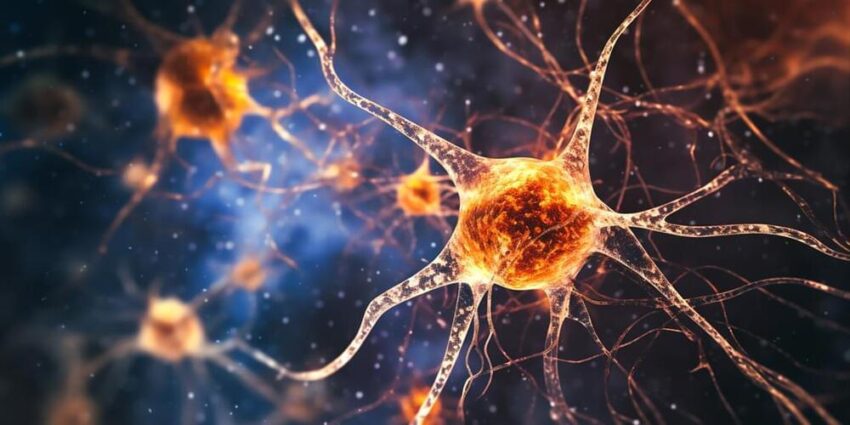New research published in the journal Nature Neuroscience has identified two distinct groups of neurons in the brain that play crucial roles in signaling feelings of fullness before and after meals.
The study, led by researchers at the University of California, San Francisco (UCSF), reveals that the neurons in the brain’s hypothalamus region are divided into two separate populations, each responsible for detecting and transmitting signals related to pre-meal and post-meal fullness.
The first group of neurons, located in the arcuate nucleus, is activated before meals, signaling the brain that the stomach is empty and the body is ready to eat. The second group of neurons, found in the paraventricular nucleus, is activated after meals, sending signals that the stomach is full and the body should cease eating.
“These findings provide important insights into the complex neural mechanisms that regulate our appetite and food intake,” said Dr. J. David Sweis, the study’s senior author and a professor of neurology at UCSF. “Understanding how these neurons function could lead to new treatments for obesity and other eating disorders.”
The researchers used a combination of genetic and pharmacological techniques to identify and manipulate the activity of these neurons in mice. They found that activating the neurons responsible for pre-meal fullness signals led to a decrease in food intake, while inhibiting the neurons responsible for post-meal fullness signals increased food consumption.
The study also revealed that these neurons communicate with each other to maintain a delicate balance of hunger and satiety signals in the brain. The researchers believe that this communication is crucial for maintaining a healthy weight and regulating energy balance.
“These findings add to our growing understanding of the complex neural networks that control appetite and energy balance,” said Dr. Sweis. “By targeting these neurons and their communication pathways, we may be able to develop new therapies for obesity and other eating disorders.”
The study’s findings could have significant implications for the development of new treatments for obesity, eating disorders, and other conditions related to disrupted appetite regulation. Further research is needed to fully understand the role of these neurons in human appetite and food intake.
In summary, a recent study published in the journal Nature Neuroscience identified two distinct groups of neurons in the brain’s hypothalamus region that play crucial roles in signaling feelings of fullness before and after meals. The first group of neurons, located in the arcuate nucleus, is activated before meals, while the second group, found in the paraventricular nucleus, is activated after meals. These neurons communicate with each other to maintain a balance of hunger and satiety signals in the brain, and their manipulation could lead to new treatments for obesity and other eating disorders.

